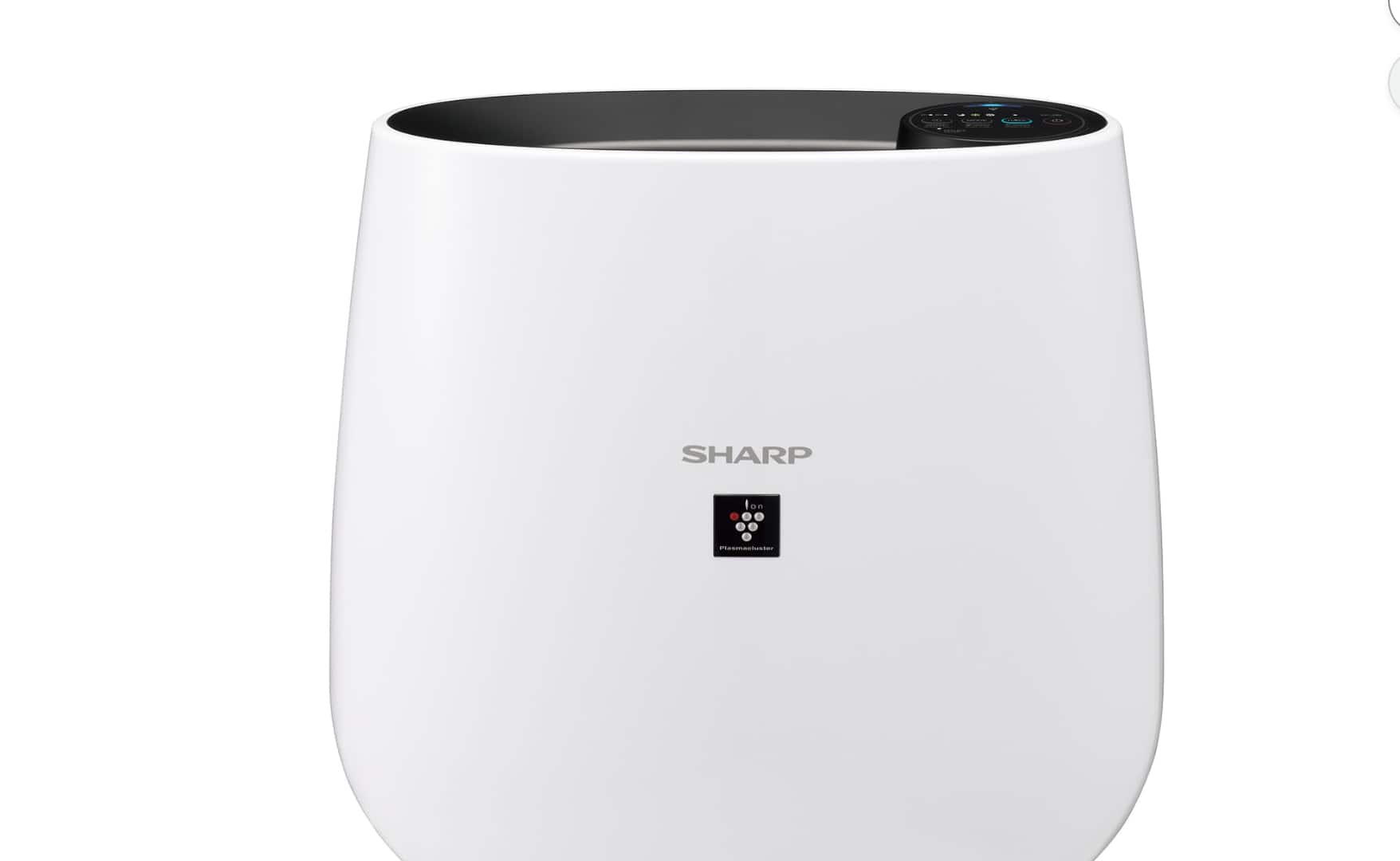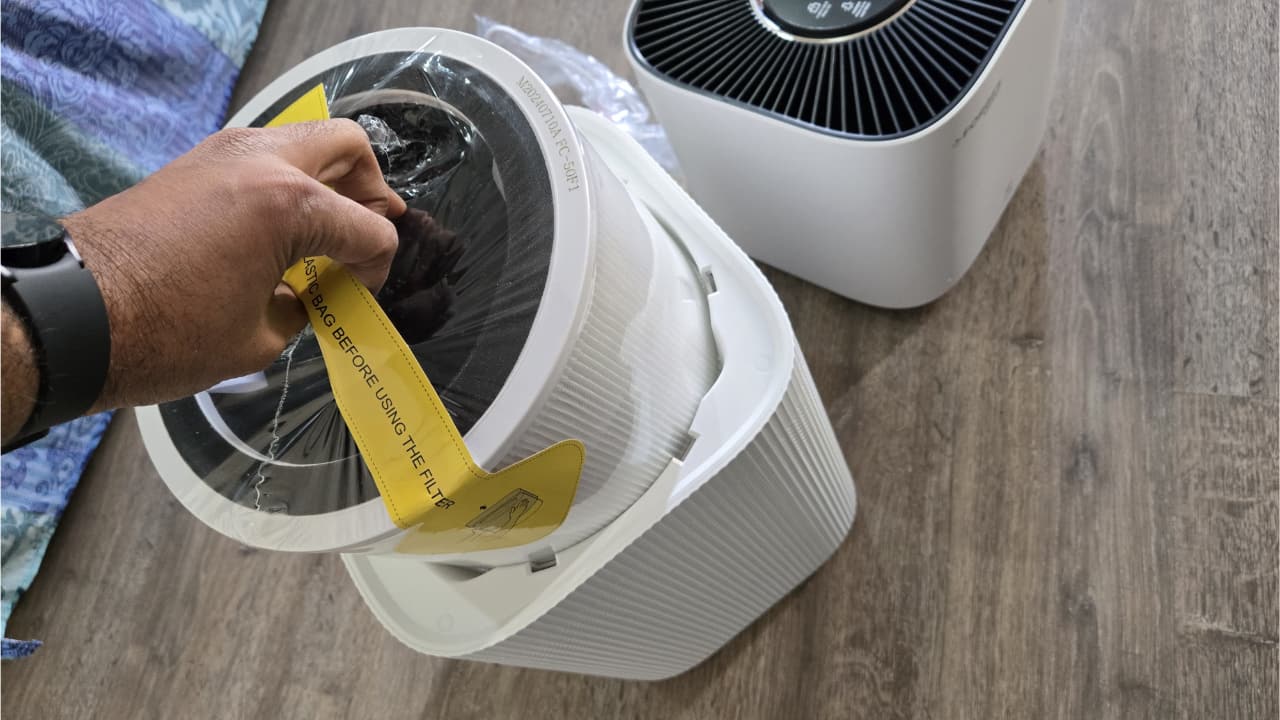



 Filtration technology matters mostThe heart of any good air purifier is its filter. Look for a True HEPA filter, not just “HEPA-type.” True HEPA filters can trap 99.97% of airborne particles as small as 0.3 microns — including dust, pollen, smoke, and even bacteria. Some models also include activated carbon filters that absorb odors, gases, and volatile organic compounds (VOCs), making the air not just cleaner but fresher.
Filtration technology matters mostThe heart of any good air purifier is its filter. Look for a True HEPA filter, not just “HEPA-type.” True HEPA filters can trap 99.97% of airborne particles as small as 0.3 microns — including dust, pollen, smoke, and even bacteria. Some models also include activated carbon filters that absorb odors, gases, and volatile organic compounds (VOCs), making the air not just cleaner but fresher.
 Check the CADR ratingCADR stands for Clean Air Delivery Rate, and it tells you how fast the purifier can clean a room. The higher the number, the quicker it works. If you’re using it in a bedroom or living room, choose a purifier with a CADR appropriate for that room size — ideally one that can cycle the air at least four to five times an hour.
Check the CADR ratingCADR stands for Clean Air Delivery Rate, and it tells you how fast the purifier can clean a room. The higher the number, the quicker it works. If you’re using it in a bedroom or living room, choose a purifier with a CADR appropriate for that room size — ideally one that can cycle the air at least four to five times an hour.
 Mind the noise levelSince purifiers often run all day (and night), noise can become an issue. The best models operate quietly — especially in sleep mode — without compromising performance. Anything below 50 decibels is generally comfortable for nighttime use.
Mind the noise levelSince purifiers often run all day (and night), noise can become an issue. The best models operate quietly — especially in sleep mode — without compromising performance. Anything below 50 decibels is generally comfortable for nighttime use.
 Smart sensors and automation helpModern air purifiers now come with sensors that automatically detect pollutants and adjust fan speed. Some even show real-time air quality on an LED display or app. These smart features make sure you’re getting the right purification level without constant manual tweaking.
Smart sensors and automation helpModern air purifiers now come with sensors that automatically detect pollutants and adjust fan speed. Some even show real-time air quality on an LED display or app. These smart features make sure you’re getting the right purification level without constant manual tweaking.
 Filter replacement and maintenance costsA purifier is only as good as its upkeep. Filters need to be replaced every 6–12 months, depending on usage and air quality. Before buying, check how often the filters need changing and how much replacements cost — it can make a big difference over time.
Filter replacement and maintenance costsA purifier is only as good as its upkeep. Filters need to be replaced every 6–12 months, depending on usage and air quality. Before buying, check how often the filters need changing and how much replacements cost — it can make a big difference over time.

Discover the latest Business News, Sensex, and Nifty updates. Obtain Personal Finance insights, tax queries, and expert opinions on Moneycontrol or download the Moneycontrol App to stay updated!
Find the best of Al News in one place, specially curated for you every weekend.
Stay on top of the latest tech trends and biggest startup news.